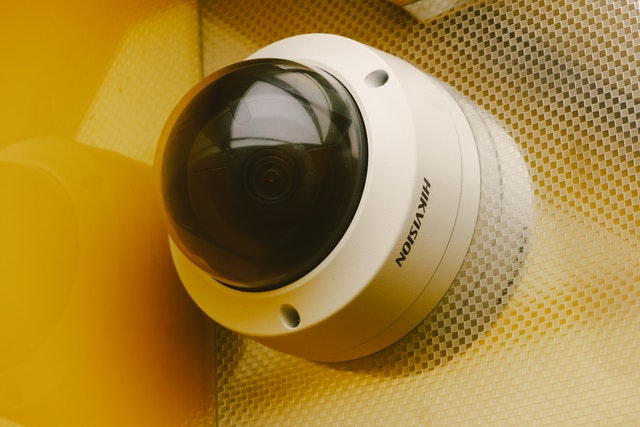
Surveillance cameras are an essential technology for businesses in all industries. However, when it comes to developing the best surveillance camera system for your particular company, there are a few key considerations to keep in mind.
Contemporary video surveillance has become a tool businesses can use to prevent crime, track patterns, and improve safety and productivity. The following are the top three tips recommended for businesses when creating their surveillance camera system plan.
1. Don’t Overlook Network Security
Since internet protocol (IP) cameras rely on the internet to work, surveillance cameras and the data they collect are more at risk for cybersecurity breaches, even if they use your local network for connection.
To comply with data regulations and maintain your business’ security, it’s essential to develop and maintain proper cybersecurity practices for your surveillance system. These practices include creating strong passwords, regularly changing passwords, and updating your systems as needed.
Making cybersecurity a priority from day one can prevent hackers from accessing your video feed, which can protect your business and maintain the integrity of your systems [1].
2. Prioritize Camera Placement
To maximize the value you get out of your surveillance system, camera placement is paramount. Installing cameras in the most critical places—including entrances and exits, storage rooms, cash registers, and areas that contain valuable or expensive property—can help you have the most effective surveillance setup for your budget.
Even if you are on a limited budget, you can still use cameras to cover the most important areas of your property first. You can always add to your system later as your needs and budget change.
Also, consider the type of cameras you will need. For example, if you’re covering an outdoor area, pan-tilt-zoom (PTZ) cameras provide a wide-range view, especially when you need a higher resolution to capture evidence and track people or vehicles across your property [2].
3. Consider Cloud Storage
All cameras need some type of storage system to retain video. There are minimum requirements for video retention in some industries, such as 90 days, for law enforcement to review footage if necessary.
Cloud storage is a worthy consideration because it’s safe, scalable, and cost-effective compared to an on-site video management system [3]. Video and data stored on the cloud are conveniently accessible anywhere with a secure internet connection.
With cloud storage, you won’t need to install an on-site system for storage, which can reduce risk and conserve costs. Should you ever need to expand or reduce the amount of storage you need, cloud solutions make the process simple and affordable to accommodate your changing business requirements.
Work With a Professional
Having a professional commercial security provider design and install your surveillance camera system can help you leverage the best technology for your needs at the lowest cost, all with support solutions to accommodate your business over time. Contact Surveillance Secure at (877) 388-1248 to learn more about how we can help you assess your risk and design a surveillance system within your budget to meet your needs.
Sources:
- https://www.securitymagazine.com/articles/95465-tips-for-better-security-safety-and-business-intelligence
- https://www.securityinfowatch.com/video-surveillance/cameras/article/21081310/guidelines-for-setting-camera-field-of-view
- https://www.researchgate.net/publication/261128859_Video_Surveillance_Based_on_Cloud_Storage

 Virginia DCJS Private Security Services ID #11-6085
Virginia DCJS Private Security Services ID #11-6085